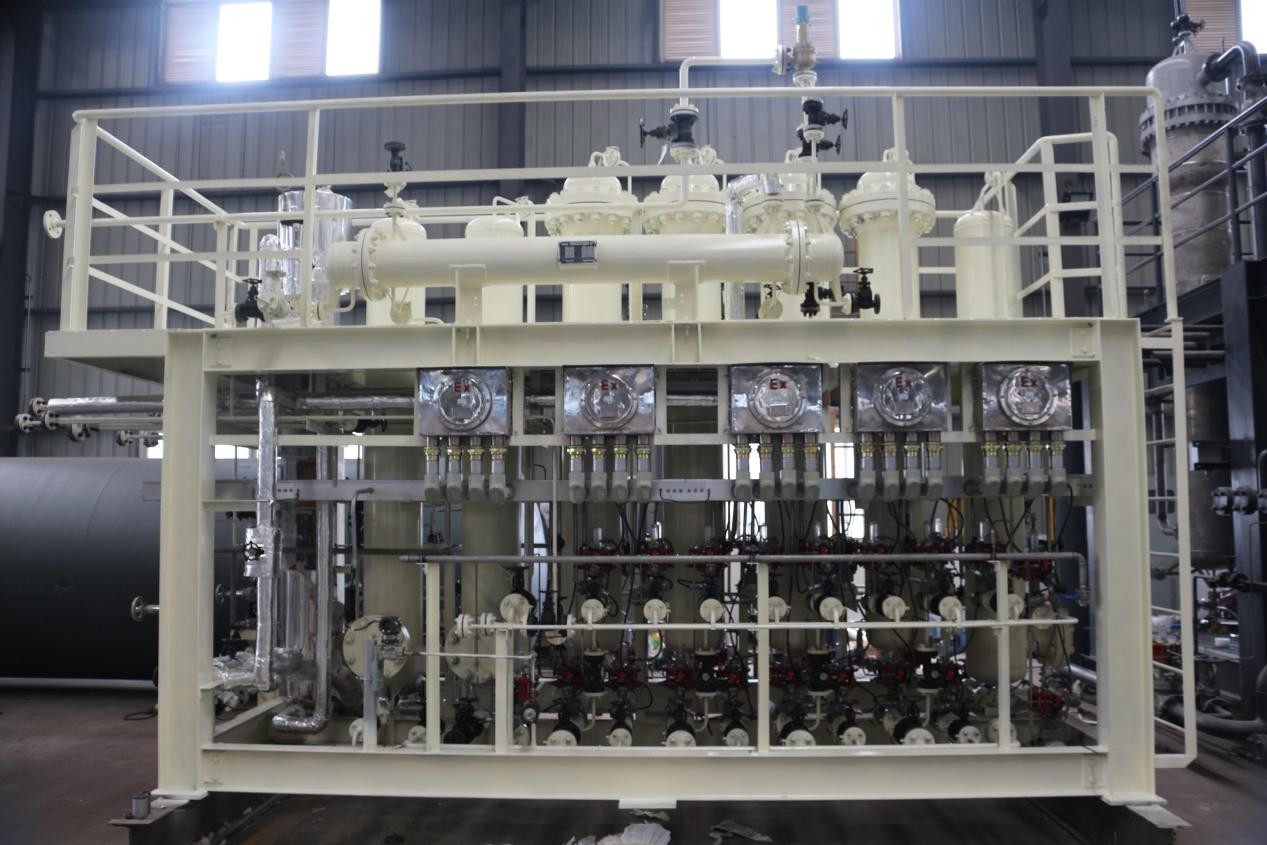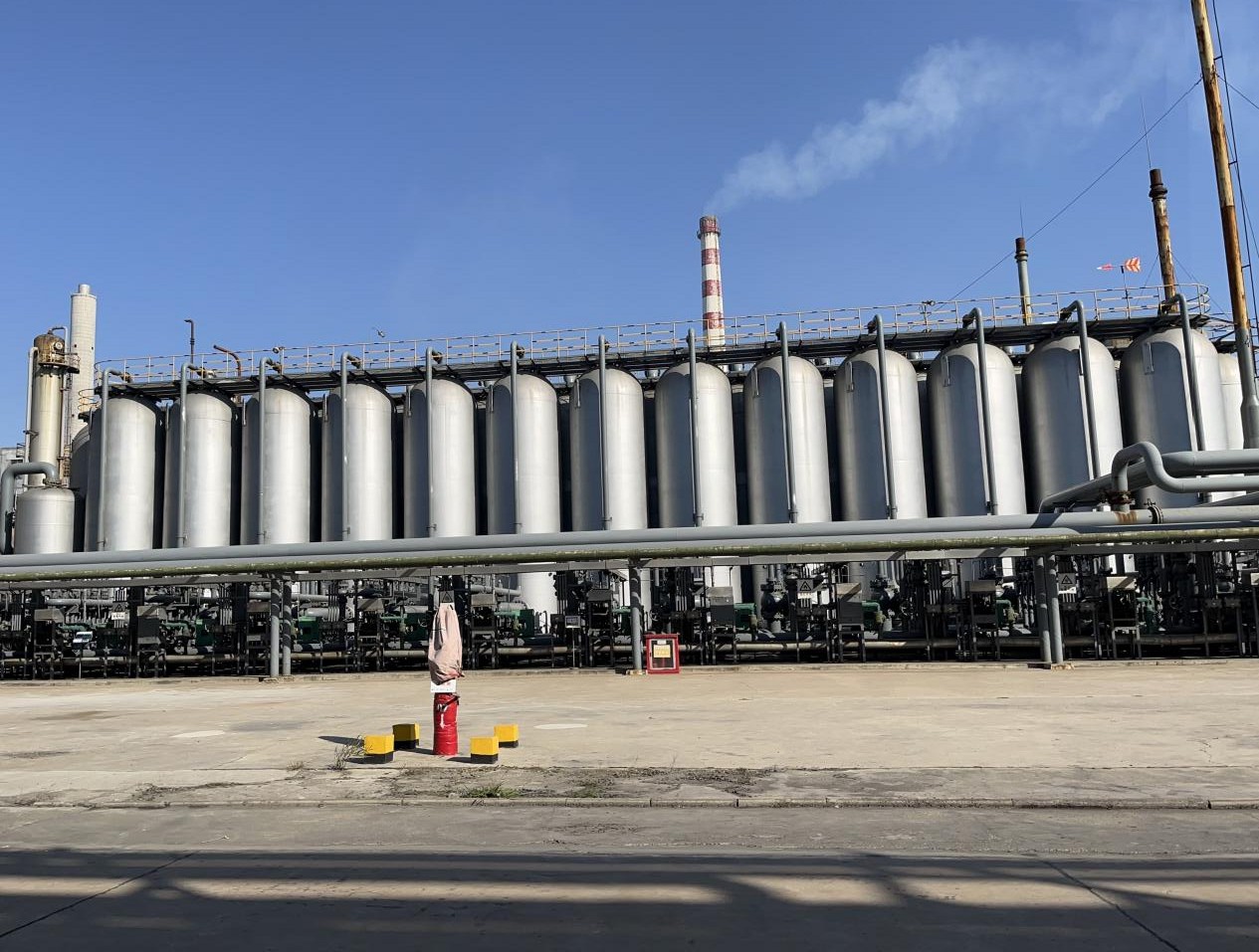Catalytic Combustion Equipment for Chemical Industry Waste Gas Treatment
Organic waste gases generated during chemical production processes require specialized treatment. The catalytic combustion equipment ensures that treated exhaust gases comply with the Integrated Emission Standard of Air Pollutants. Since chemical industry waste gases are often flammable and explosive, the equipment incorporates the following safety features to ensure system stability:
Safety Design:
[1]. Flame and Dust Control:
- Flame arrestor and dust removal systems are installed before and after the catalytic purification unit.
- A pressure relief system is integrated at the top of the equipment, and electrical heating is automatically disabled during emergencies.
[2]. Anti-Static and Lightning Protection:
- Anti-static devices and lightning arresters are installed on elevated pipelines.
- Automated control systems ensure interlocking safety across all critical points.
[3]. Temperature Monitoring and Alarms:
- Multiple temperature sensors are embedded within the equipment.
- An automatic alarm and over-temperature cooling system is activated to prevent thermal hazards.
Process Flow Description:
[1]. Waste Gas Treatment Process:
Dry filters → Activated carbon adsorption → Hot air desorption → Catalytic combustion → Exhaust via fan and chimney.
[2]. Equipment Design Principle:
Adsorption-desorption + Catalytic combustion.
Operational Workflow:
- Organic-laden waste gas is drawn by a fan through an activated carbon adsorption layer, where organic compounds are trapped. Clean gas is discharged.
- Once the activated carbon reaches saturation, adsorption stops, and concentrated organic compounds remain in the carbon.
- The catalytic purification unit’s heating chamber initiates an internal cycle. When the heat source reaches the organic compounds’ boiling point, they desorb from the carbon and enter the catalytic chamber.
- In the catalytic chamber, organic compounds decompose into CO₂ and H₂O, releasing energy. This energy sustains self-ignition of the waste gas in the combustion chamber, enabling continuous regeneration until complete decomposition.
- Waste heat is recovered via a regenerative bed, improving energy efficiency and reducing operational costs. The activated carbon is regenerated, and organic pollutants are fully decomposed.
 How to Produce Hydrogen
How to Produce Hydrogen
 Mechanism and Application of Desulfurization/Denitrification
Mechanism and Application of Desulfurization/Denitrification
 Application of Low-Power Ion Beam Dust Removal and Whitening
Application of Low-Power Ion Beam Dust Removal and Whitening
